The International Union for Conservation of Nature (IUCN) has launched the first international standard for measuring the effectiveness of conservation actions using a science-based metric of species recovery.
The standard, called the “Green Status of Species” will provide a means to measure how close a species is to being fully ecologically functional across its range, and how much it has recovered thanks to conservation action.
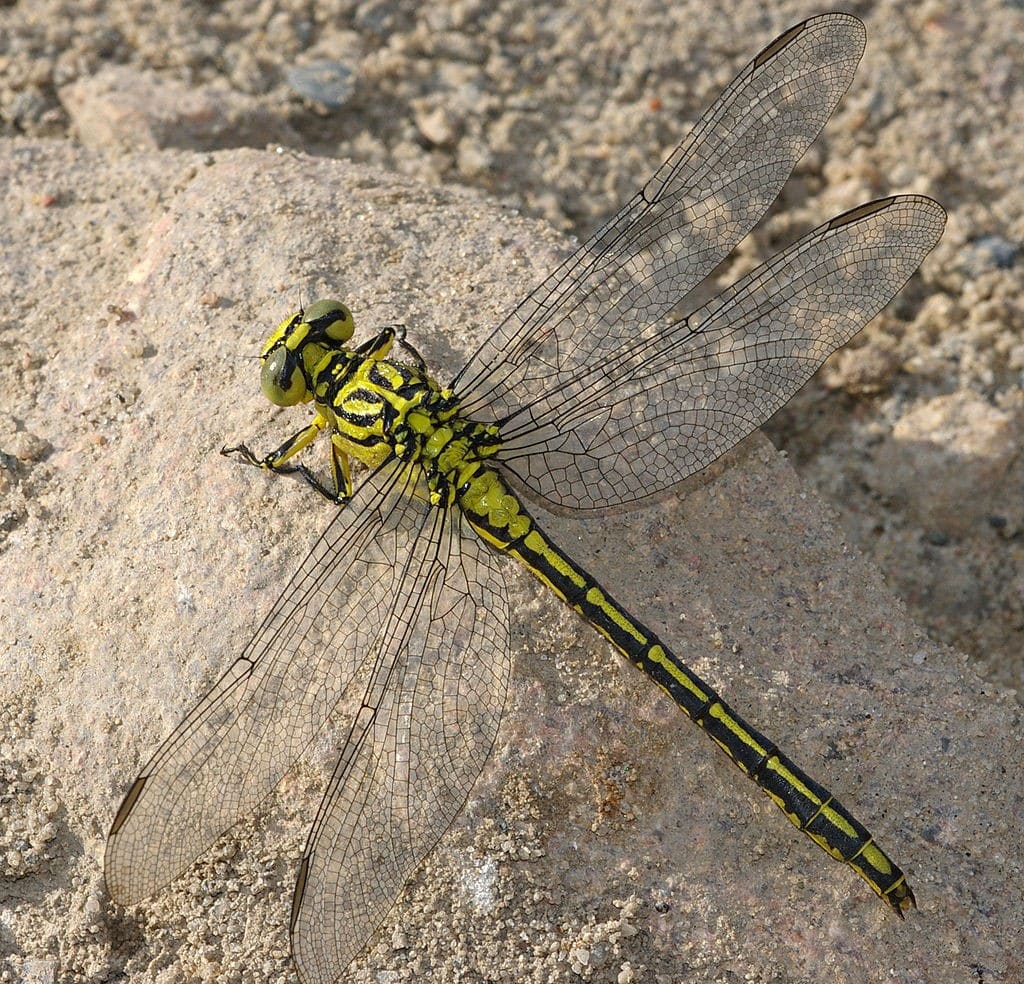
The new IUCN #GreenStatusofSpecies helps show how conservation efforts have helped species, like the River Clubtail, recover from threats. Photo credit: Christian Fischer
As explained by Dr. Jon Paul Rodríguez, Chair of the IUCN Species Survival Commission, “Preventing the extinction of species is the ultimate goal that conservationists have traditionally pursued. But we have come to understand that true success would be to revert the decline to the point where animals, fungi and plants fulfil their ecological functions throughout their range – resulting in species that are not just surviving, but thriving.”
And this is where the new method comes in. As the world’s first standardized method for assessing species’ potential for and progress toward such a recovery, the IUCN Green Status will help inform conservation plans and steer action to meet national and international goals for 2030 and beyond. It also provides a metric for quantifying and celebrating conservation success.
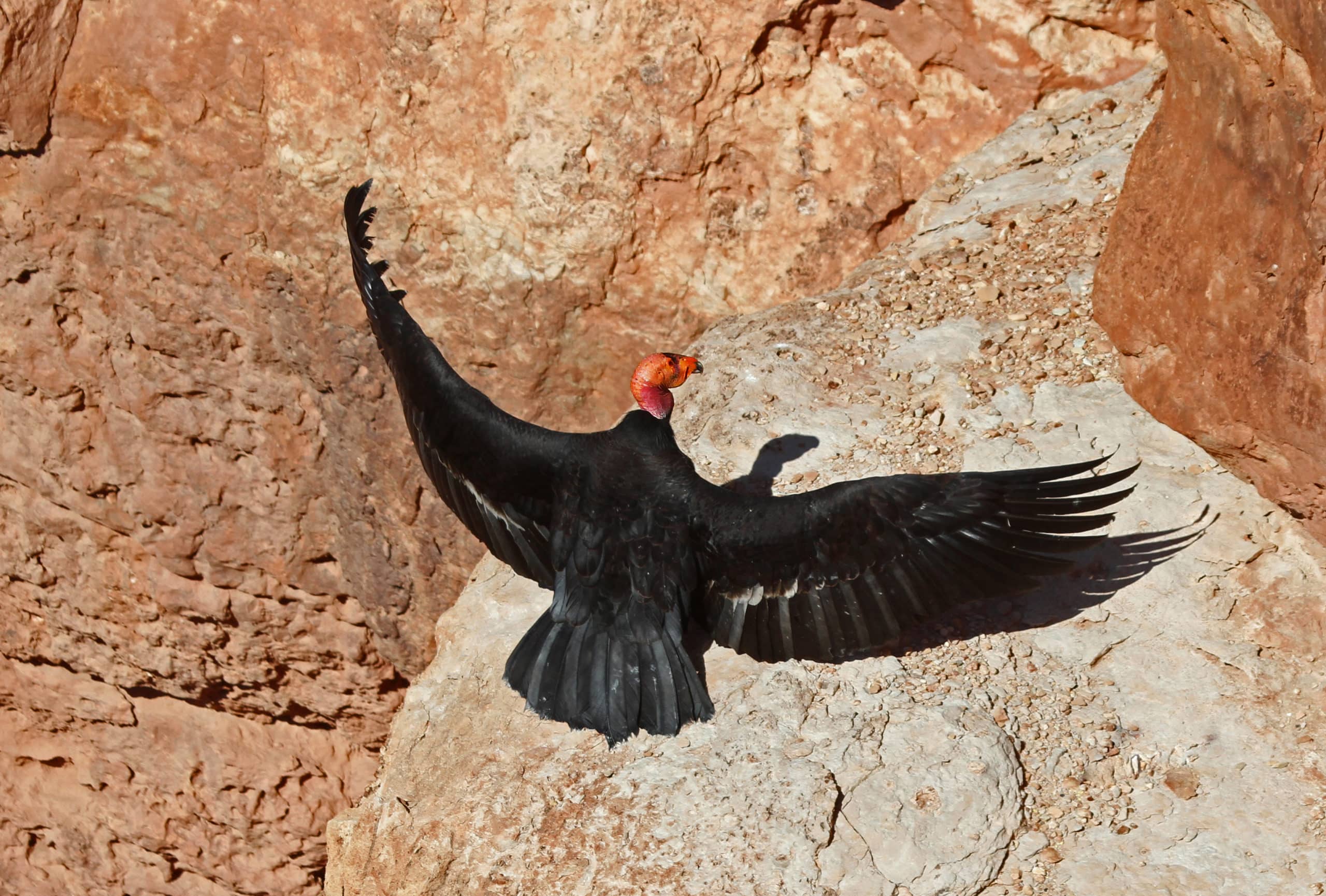
The California Condor is one of the species that was tested with the new metrics. Photo credit: Tom Blanford
A fuller picture of species’ conservation
The IUCN Green Status of Species will be integrated into the IUCN Red List of Threatened Species™, which will then provide a fuller picture of species’ conservation status including both their extinction risk and recovery progress.
The IUCN Green Status classifies species into nine Species Recovery Categories, indicating the extent to which species are depleted or recovered compared to their historical population levels.
Each Green Status assessment measures the impact of past conservation on a species, a species’ dependence on continuing support, how much a species stands to gain from conservation action within the next ten years, and the potential for it to recover over the next century.
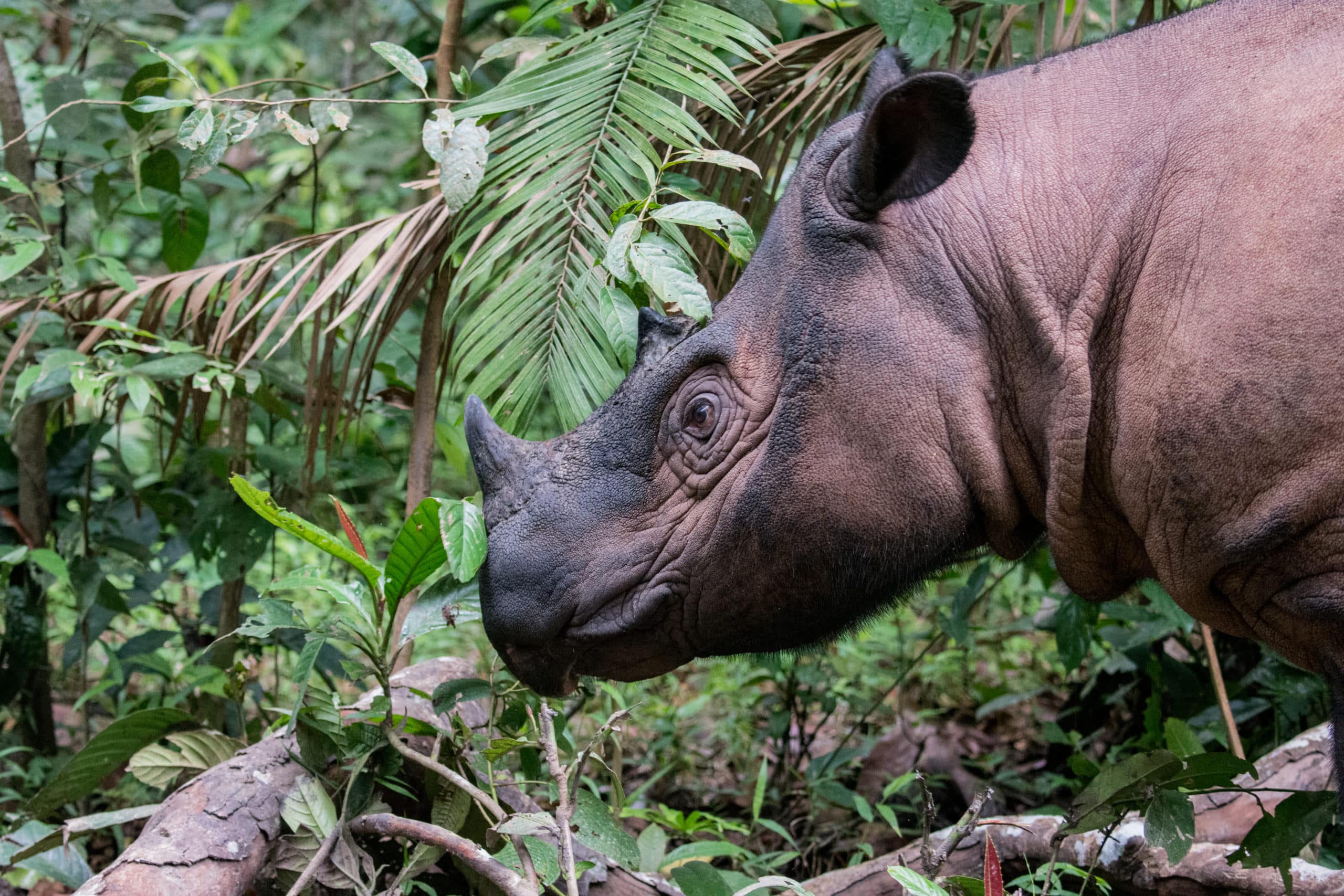
Sumatran Rhino. The new method will help tell a more complete story about the efforts to conserve and save species. Photo credit: Barney Long, Global Wildlife Conservation
Cause for optimism
Commenting on the announcement, the paper’s lead author, Dr. Molly Grace of the University of Oxford and co-Chair of IUCN’s Green Status of Species Working Group said: “The IUCN Red List tells us how close a species is to extinction but is not intended to paint a full picture of its status and functioning within its ecosystem. With the IUCN Green Status, we now have a complementary tool that allows us to track species recovery and dramatically improve our understanding of the state of the world’s wildlife. The IUCN Green Status of Species provides evidence that conservation works, giving cause for optimism and impetus for stronger action.”
Measuring the effectiveness of conservation
This first set of Green Status assessments also reveals that, despite being at low risk of extinction according to the IUCN Red List, some species are nonetheless depleted and unable to fulfil their roles in ecosystems.
For instance, the East Asian mangrove Kandelia obovata, which is listed as Least Concern on the IUCN Red List, was assessed as Moderately Depleted (currently at 57% of its fully recovered state). Reduced by harvesting for timber before 1950, the species, which plays an important role in coastal protection, does not presently occur in numbers high enough to fulfil that function across the majority of its range.
It has started to recover thanks to coordinated replanting efforts across range countries and the introduction of protected areas. This positive trend is projected to continue, contingent on sustained conservation efforts.
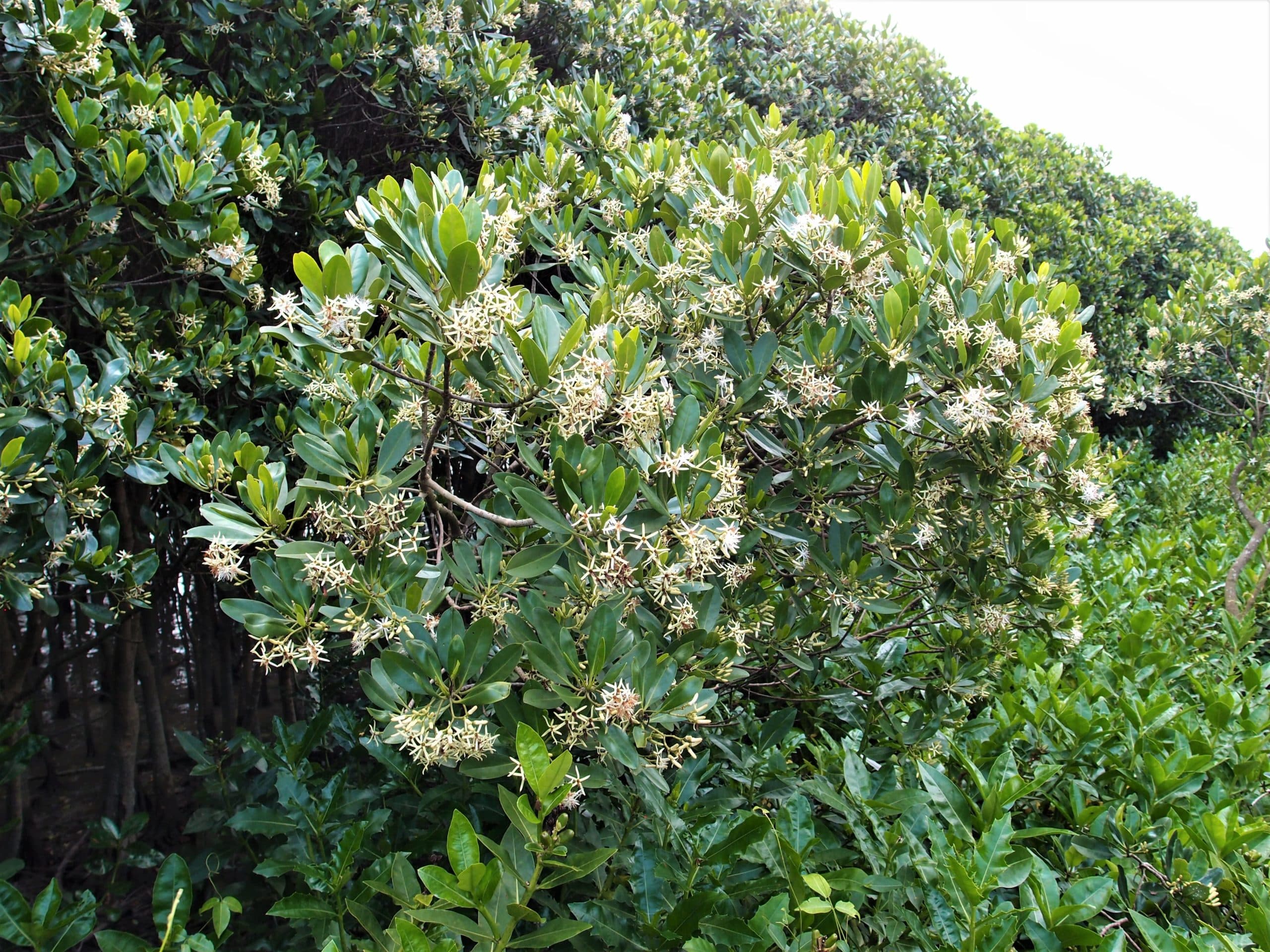
The Kandeliaobovata mangrove, is one of the species that underwent a preliminary assessment for the Green Status of Species, but more are coming! Photo credit: Wan Hong Yong
A new way of thinking
“The Green Status of Species introduces a new way of thinking about conservation impact by defining it in terms of progress toward species recovery,” said Dr. Barney Long of Re:wild and co-Chair of IUCN’s Green Status of Species Working Group. “As the first global framework to consider how well species function in their ecosystems, it will help to combat ‘shifting baseline syndrome’, where reduced species’ distribution and population size over time are accepted by newer generations as the norm.”
The development of the IUCN Green Status of Species Global Standard was led by the IUCN Species Conservation Task Force, in partnership with the IUCN Red List of Threatened Species, IUCN Species Survival Commission, Re:wild, Wildlife Conservation Society, University of Oxford, Stony Brook University, Durrell Wildlife Conservation Trust and Zoological Society of London.
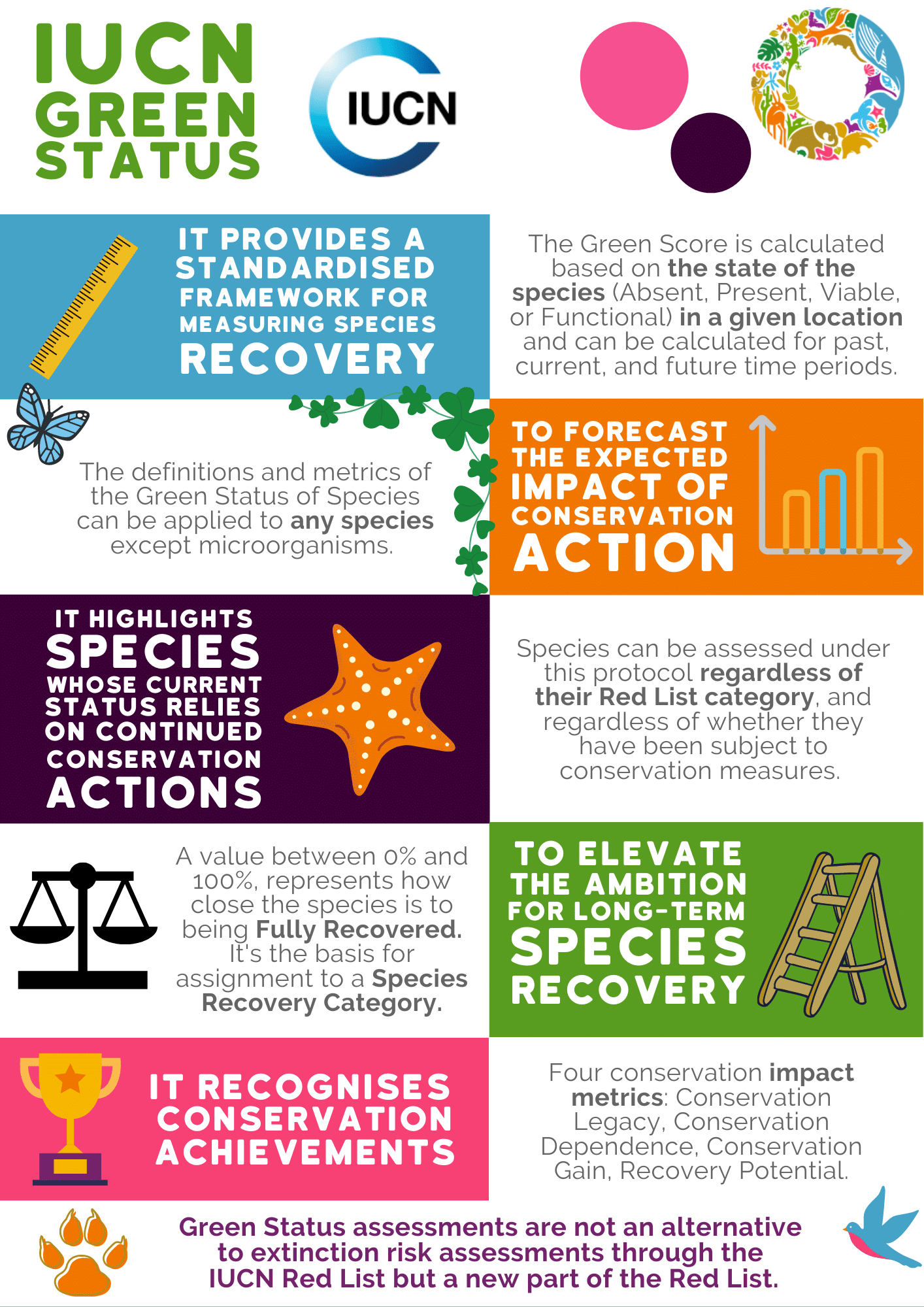
Helping conservationists measure the conservation impact on a species over time.
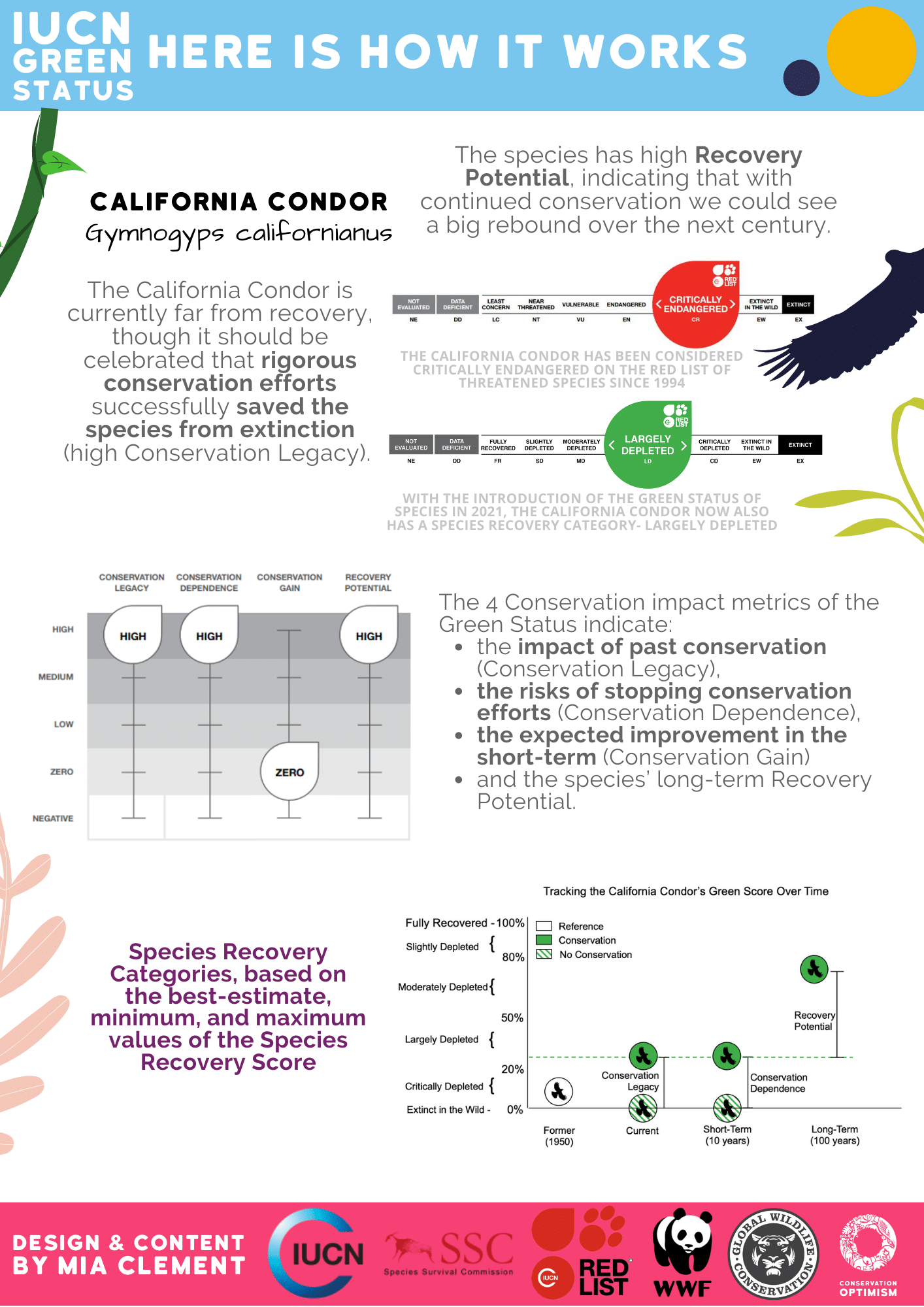
The IUCN Green Status of Species is helping conservationists measure the conservation impact on a species over time.

